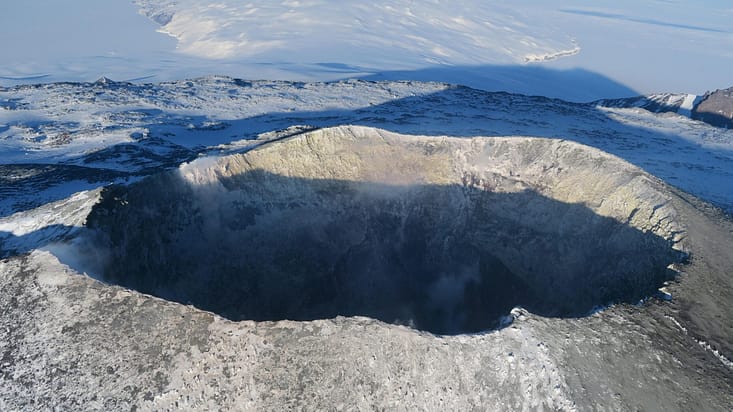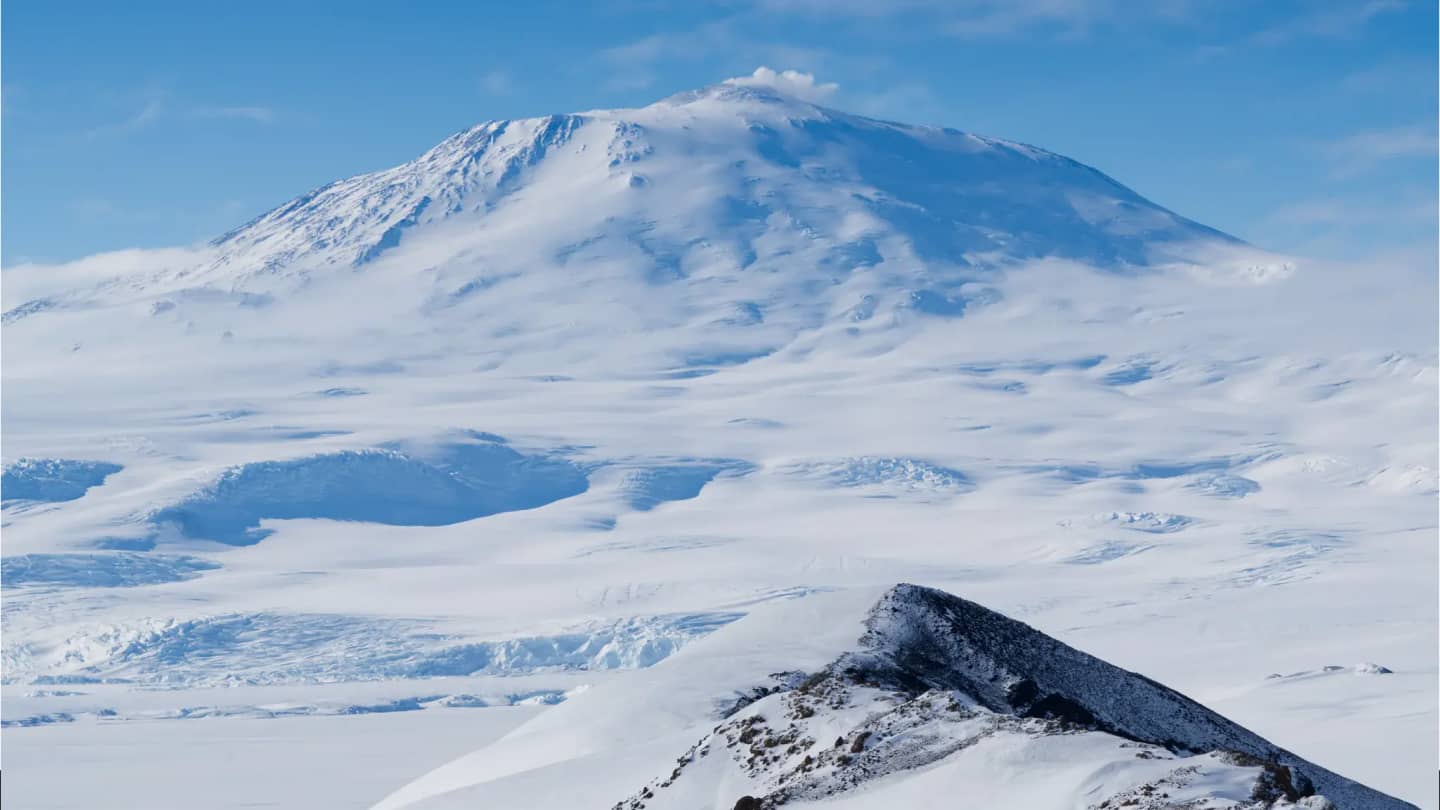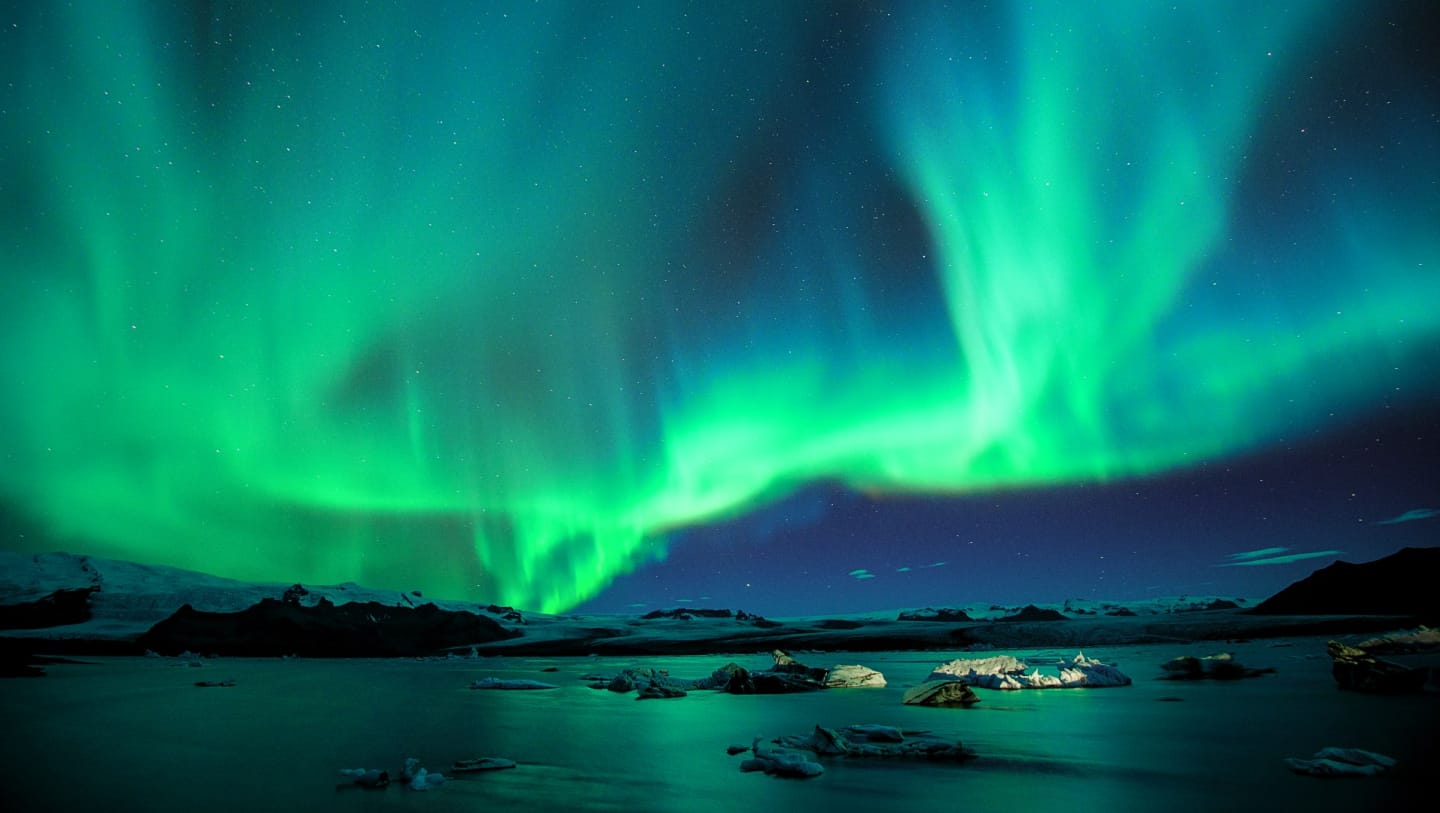In a recent discovery, scientists have discovered that Antarctica’s tallest active volcano emits gold particles along with volcanic gases.
Mount Erebus, which is still volcanically active, was found to be spewing gold with emissions. In fact, in 1991, American geologists were the first to make this discovery.
The new finding remains consistent with observations of gold emission from the volcano in 1991. Scientists then and now have detected gold particles in the volcanic gases emitted by the volcano as well as in the surrounding snow.
Scientists’ estimates suggest that daily gold production is roughly 2.8 ounces (80 grams), which appears to be consistent with what was observed in 1991.

The gold deposits probably came from volcanic rocks
Philip Kyle of the New Mexico Institute of Mining and Technology in Socorro clarified that gold deposits can come from volcanic rock.
When lava from the mountain — whose summit is 3,794 meters (12,448 feet) above sea level — releases hot gas, it carries some of the gold particles into the air.
Mount Erebus appears to be releasing gold particles ranging in size from 0.1 to 20 micrometers in volcanic gas and 60 micrometers in the surrounding snow.
Also Read
- India’s Godawan 100 Whiskey Named The World’s Best Single Malt
- Indonesian volcano eruption forces evacuations, airport closure
This volcano is among the 138 active volcanoes of Antarctica. According to Geo News, the volcano that connects to Deception Island is one of two active volcanoes in the region and spews $6,000 worth of gold dust daily.
Located on Ross Island in Antarctica, the volcano’s gold deposits appear to come from volcanic rock. Experts have discovered that emissions of hot gas during volcanic activity carry gold particles into the air.
In addition, Mount Erebus is also important because of the tragic event in 1979 when Air New Zealand Flight 901 crashed into its side, resulting in the loss of all passengers and crew.




